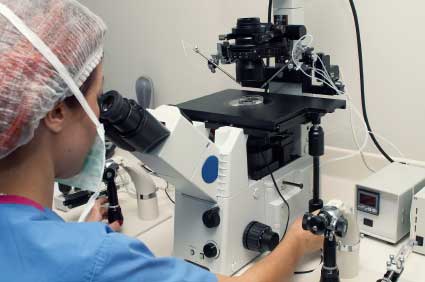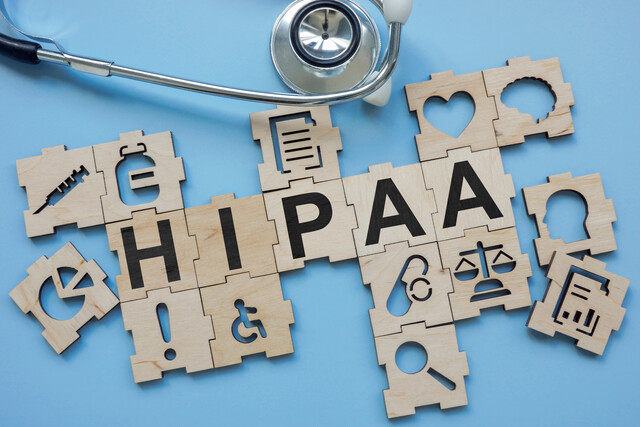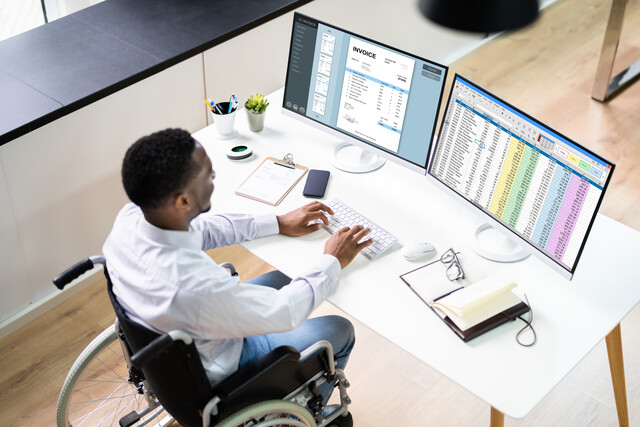Introduction:
The medical records transcriptionist is an integral part of the healthcare system and requires people with a high degree of computer skills, speed and accuracy at typing, good hearing, and the ability to work largely unsupervised.
The medical records transcriptionist should have a working knowledge of basic medical terms, especially anatomy and physiology, and disease diagnosis and treatment processes. In addition, the transcriptionist will have excellent keyboard skills and organizational ability.
Accuracy is essential in the work of the transcriptionist. Good proof reading skills are also a must. The records the transcriptionist types play and important part in patient treatment and health.
Ideally, the medical records transcriptionist will work in a quiet atmosphere with comfortable, undisturbed surroundings. Often the transcriptionist works from a home office and sends the reports back to the doctor, clinic, hospital, lab, or insurance company via electronic transfer. Recently a number of companies have sprung up which contract for medical records transcription and hire home-based typists to do the work. For this reason, the medical records transcriptionist must be a self-starter and able to work without supervision. In the case of a home based independent contractor who works directly with physicians or other healthcare professionals or facilities, the MRT may be on call for irregular hour assignments.
There are various training programs available for this position which may run from two months to two years, the latter resulting in an associate degree. Fundamental to the training is accurate keyboarding and computer skills along with training on various means of transcribing from recorded media. Medical and legal concept courses will also be included in the training program. The transcriptionist will need to develop proofreading and editing skills as well as the typing skills needed to do the job. Ideally, the training for a medical records transcriptionist will include an internship within a medical environment. There are certification programs after a qualified candidate passes the certification examination to become a CMT (certified medical transcriptionist).
MEDICAL RECORD TRANSCRIPTION COMPANIES
Rapidly growing healthcare related companies are the medical record transcription companies which offer the healthcare industry electronic transcriptions stored in a secured ID database. Many of these companies hire transcriptionists who work from their homes. In addition to lowering costs for physicians and other users of the service, the medical record transcription company guarantees a fast turn around of the transcribed records, usually within twenty-four hours. Physicians and others using the service can view written records and print them out in their own offices. What all this means in the home based MRT must learn and become proficient in the software of the company. This means the MRT is no longer simply a typist but must also master the electronic software for performing the job that meets company standards.
Prerequisites for obtaining a position as an MRT with such companies varies from one to the other, however, on the average a home based applicant can expect to need at least three years of medical records transcription experience. An office based employee will be expected to have two years of experience. Training for these company positions assumes prior knowledge and experience and will last only for one week. Some companies will offer further training for those who stay a long time on the job. Advancement is possible with some companies where the MRT can be promoted to account management or quality control assurance. Part time home based MRTs are hired as independent contractors and are not usually eligible for company benefits.
JOB OPPORTUNITIES
Demand for MRTs, according to recent studies, will continue to grow faster than the national average for all other occupations through the year 2014. Attempts at sending medical records for transcription abroad have not proven successful as the transcriptions then have to be edited for corrections in English grammar and usage. MRTs are usually paid by production which averages in the area of $11.00 per hour.
SUMMARY
A position as medical records transcriptionist is ideal for the self-starter and detail oriented typist. It further allows for such choices as working part time at home rather than commuting to an office. It does not require the same level of people skills expected of a medical secretary and working hours can be somewhat flexible. The disadvantages are the physical problems that might arise from doing this type of work for long hours on a daily basis and the stress caused by the pressures of speed and accuracy.































